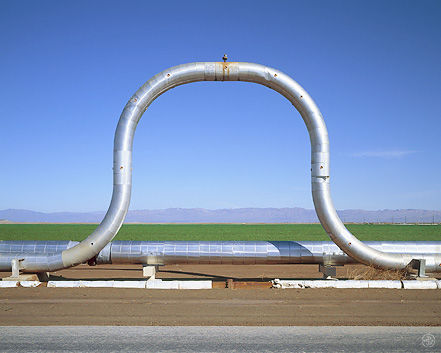|
Americans, the worlds worst garbage makers recycle about 30% of their household waste. Despite the effort, the volume of trash that goes to the dump increases every year, mainly due to increasing consumption of consumer goods. At the root of the problem is a waste management system that assumes garbage is an unavoidable byproduct of society. While recycling programs help reduce the amount of garbage that is produced, they can't eliminate the problem entirely while current business and consumer attitudes persist. A growing movement (to be featured on PTV this month on Auckland's Triangle TV and Nelson's Channel 7 - and always available online from www.pl.net) that aims to help is Zero Waste, and many countries including the United States, England, Australia, Canada, New Zealand and Brazil are embracing it. Proponents of Zero Waste maintain that garbage isn't a disposal problem; it's an engineering one. They believe that garbage is designed into our production cycle. To remedy the current garbage crisis, they say, we need a new design principle ‹ a system geared toward eliminating waste rather than one that manages it once it's been created. The key to the Zero Waste system is to see garbage as a valuable resource and not as waste. Companies that have adopted the Zero Waste philosophy are finding that it not only cuts garbage production and disposal costs but also reduces manufacturing costs. Interface Flooring is an example of a company that is reaping the benefits of the Zero Waste system. The company recycles old carpet fibers into new ones. This cuts down on waste and reduces the amount of virgin resources needed to make new carpets. In the process, Interface Flooring's Canadian operation has cut energy consumption by 70% and reduced the amount of garbage it sends to the dump by 90%. These and other environmental initiatives have saved the company $90 million worldwide. Xerox is another company that has embraced the zero waste philosophy. Since the company adopted its Waste-Free Factory policy, solid waste recycling rates at Xerox factories worldwide have reached 87%. Last year alone, improvements in product design saved 387 million kilowatt hours of electricity. That's enough to light 290,000 homes for a year. This kind of product innovation isn't just good for the customer or the landfill. In 1999, Xerox registered $47 million in reduction, reuse and recycling savings. The consensus has been that aggressive waste reduction initiatives are costly. But they aren't. They save money. Interface Flooring and Xerox are just two examples of the potential savings ‹ economic and environmental ‹ made possible by a Zero Waste strategy.
|

